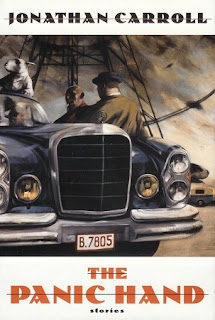Carla Bley/Michael Mantler Orchestra: Escalator Over the Hill
Anthony Braxton Orchestra: Creative Orchestra Music 1976
Gunther Schuller Orchestra: Jazz Abstractions
Thelonious Monk Big Band and Quartet: In Concert (Columbia)
Charles Mingus Quartet and Toshiyuki Miyama's New Herd Orchestra:
Charles Mingus with Orchestra (Denon. 1971)
Toshiko Akiyoshi/Lew Tabackin Big Band: "Sumie"
Dizzy Gillespie Orchestra: The New Continent
David Amram Orchestra: The Young Savages
Anthony Braxton Orchestra: Creative Orchestra Music 1976
Gunther Schuller Orchestra: Jazz Abstractions
Thelonious Monk Big Band and Quartet: In Concert (Columbia)
Charles Mingus Quartet and Toshiyuki Miyama's New Herd Orchestra:
Charles Mingus with Orchestra (Denon. 1971)
Toshiko Akiyoshi/Lew Tabackin Big Band: "Sumie"
Dizzy Gillespie Orchestra: The New Continent
David Amram Orchestra: The Young Savages






















